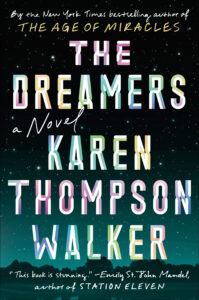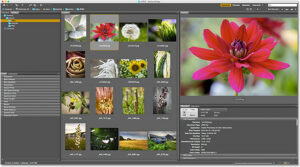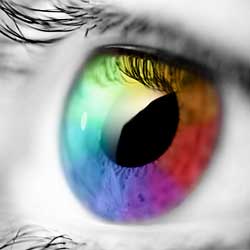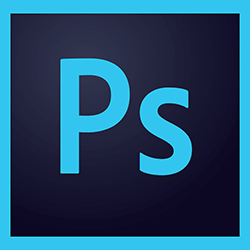Mastering the Art of Sunset Photography: A Comprehensive Guide to the New Photoshop Trick for Improving and Intensifying Sunset Photos
Introduction: Sunsets, with their vibrant hues and captivating landscapes, have long been a favorite subject for photographers. Capturing the essence...
 How to Write Professional Proposals That Get You Hired
How to Write Professional Proposals That Get You Hired  How to Manage Freelance Projects and Deadlines Effectively
How to Manage Freelance Projects and Deadlines Effectively  How to Set Up a Local Network for File Sharing Between Computers
How to Set Up a Local Network for File Sharing Between Computers  Understanding Cloud Computing: How to Store and Access Files Online
Understanding Cloud Computing: How to Store and Access Files Online  How to Secure Your Network Using a Basic Firewall Configuration
How to Secure Your Network Using a Basic Firewall Configuration 















